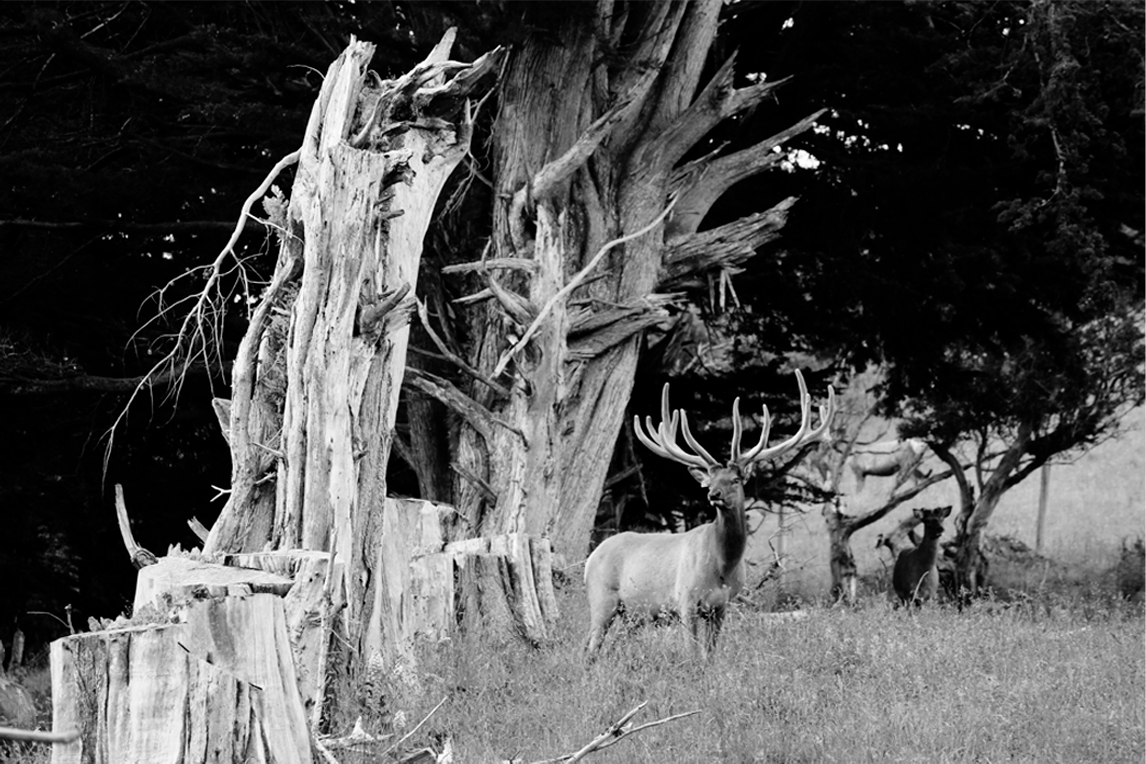Commercial herds are producer farms, which breed offspring for product end points such as venison, velvet or trophy production. Commercial producers cover a very large range of operations sizes and relative intensities of farming operations, this is generally dictated by the farm environment (e.g. location, topography, soils, rainfall, growing season, pasture types/improvement, etc).
Commercial producers run a hind herd to breed progeny. Generally a proportion of the hind herd is used to breed replacement hinds for its own breeding herd. Commercial venison breeders may not necessarily 'finish' (grow to the point of slaughter) any or all of the progeny they breed and instead may sell these animals post-weaning for finishing elsewhere. Commercial herds do not generally sell live animals for the genetic improvement of other farms, which is a role of the specialist stud breeder.
Commercial herds purchase sire stags from the stud breeders who best suit the commercial herd’s production goals. Each year, the farm's sire stag team requires very careful consideration. A plan needs to be developed around stag availability for the new mating season, and very likely a selection of new stags will need to be purchased, to add to or replace the older stags already present in the herd. Commercial herds generally need to balance their requirement to replace hinds in the breeding herd and to generate males to provide the 'product' (i.e. venison, velvet or trophy).
For purchased breeding stags the aim should be to obtain as many progeny as possible from each sire (bearing in mind ‘safe’ mating ratios).
Different sire types will be required for different roles within the farm system as noted below.
Commercial herds need to consider capitalising on the genetic progress made by stud breeders in order to continually improve their own production. This involves the strategic acquisition of improved genetics from the stud breeders in accordance with the commercial herd's breeding plan. As well as breeding replacement breeding hinds, many commercial herds will often breed a proportion of their own sire stags, using purchased sire genetics.

